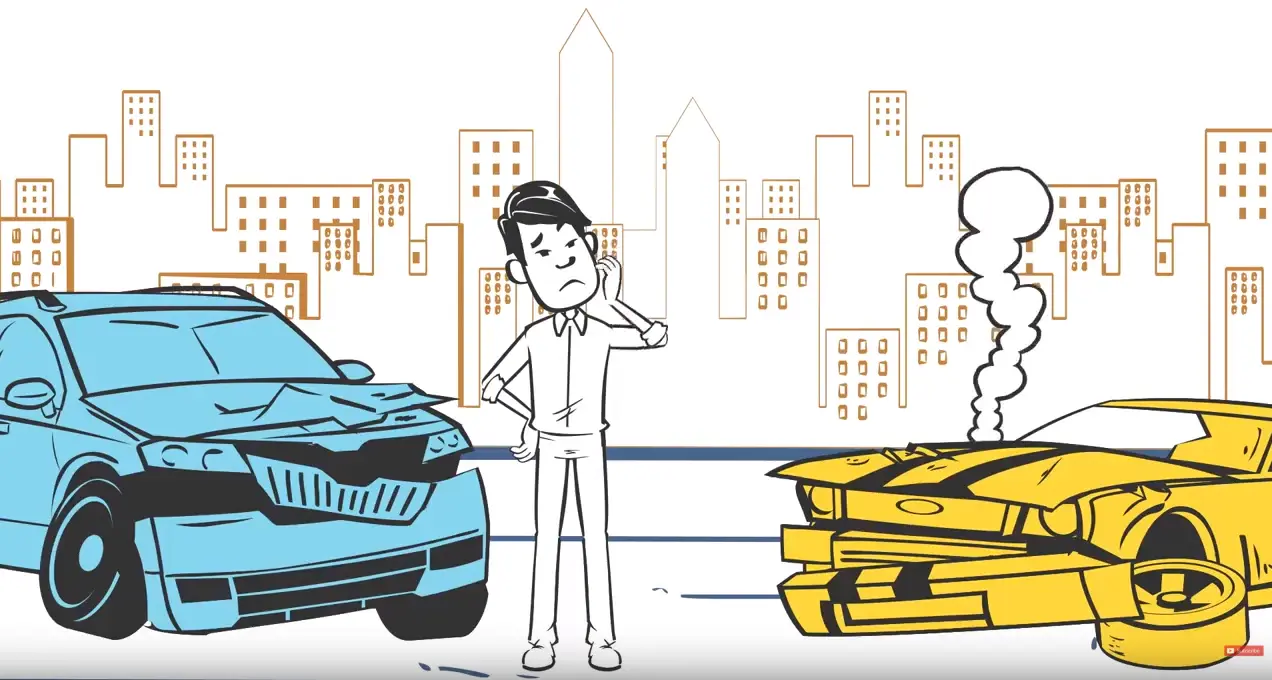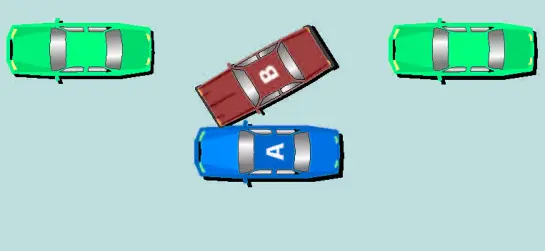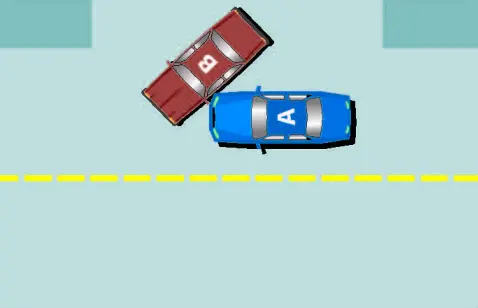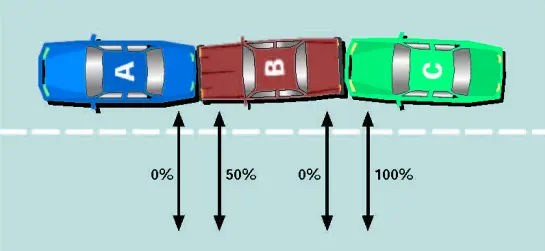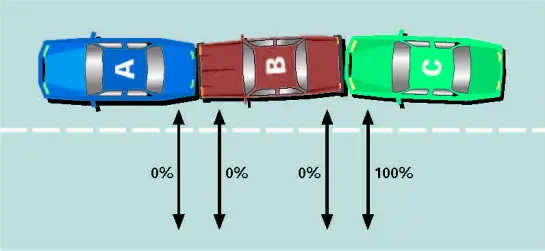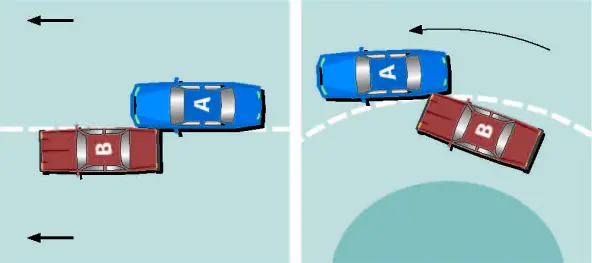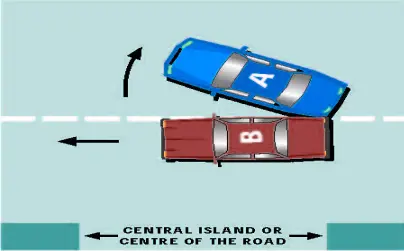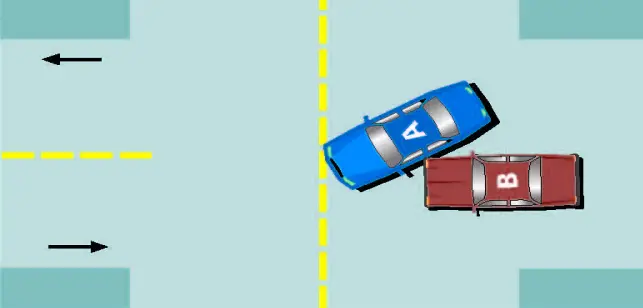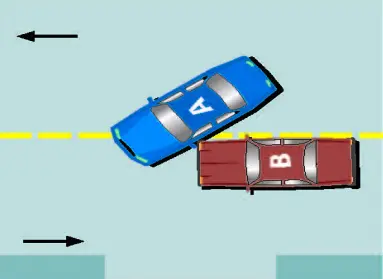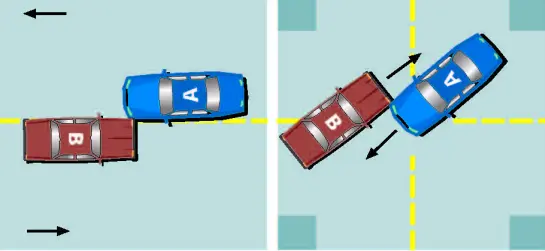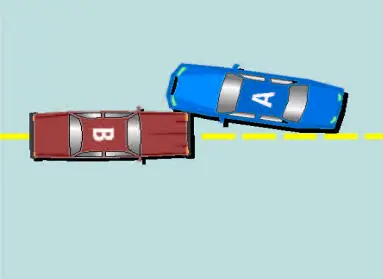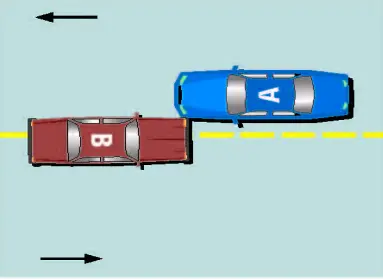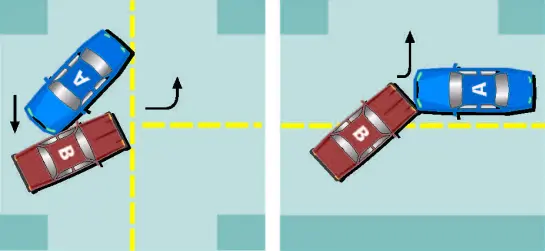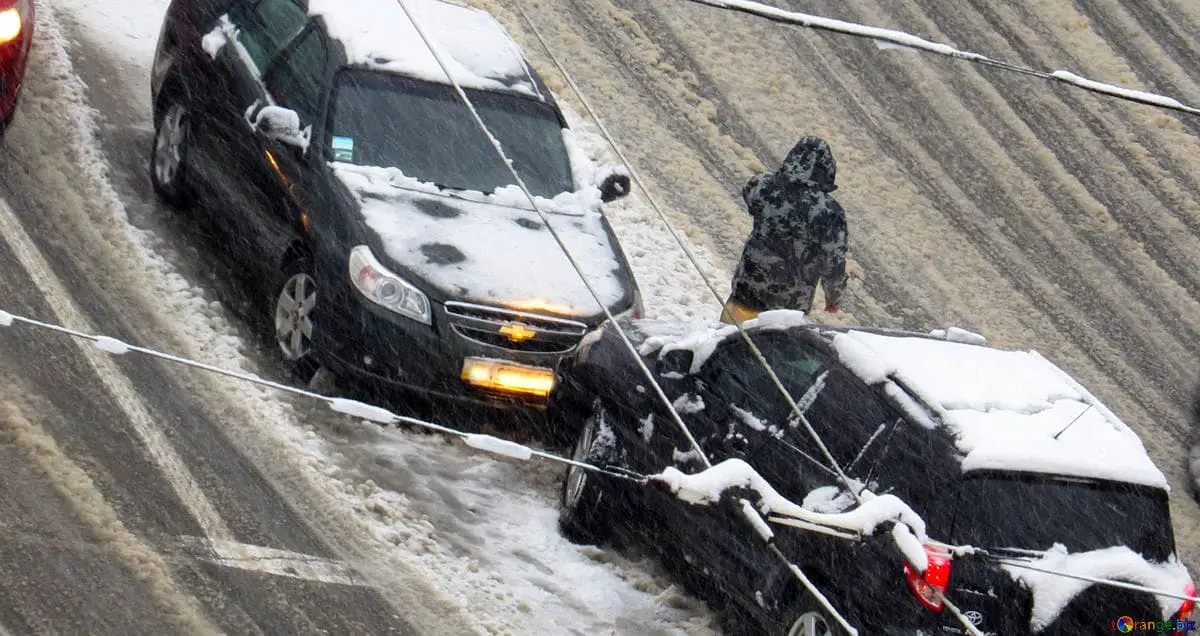
On April 17, 2019, Bill 3 and Bill 6 received Royal Assent: Bill 3, an Act to Amend the Automobile Insurance Act and Bill 6, an Act to Amend the Insurance Companies Act which included a package of auto insurance reforms intended to help stabilize insurance rates while enhancing consumer protection to benefit the people of the province. One of these reforms is Direct Compensation for Property Damage (DCPD).
Direct compensation for property damage allows insured drivers to be compensated by their own insurer for property damages resulting from an automobile collision caused by another party. Working with their own insurer allows drivers involved in automobile collisions to complete the claims process more efficiently and get appropriate compensation quickly.
The Fault Determination Regulations are required for the implementation of DCPD to determine the degree of fault of an insured for loss or damage arising out of the use or operation of an automobile. Insurance companies must determine the degree of fault assigned to each driver for purposes of determining which property damage coverage applies to the accident, and to ensure that information on at-fault accidents are made available and taken into consideration when determining premium.
Automobiles traveling in the same direction and lane
8. (1) This section applies to an incident in which automobile A is struck from the rear by automobile B and both automobiles are traveling in the same direction and in the same lane.
(2) Where automobile A is stopped or is in forward motion when the incident occurs
(a) the driver of automobile A is not at fault for the incident; and
(b) the driver of automobile B is 100% at fault for the incident.
Diagram 8.2
(3) Where the incident occurs when automobile A is turning, either to the right or to the left, in order to enter a side road, private road or driveway
(a) the driver of automobile A is not at fault for the incident; and
(b) the driver of automobile B is 100% at fault for the incident.
Diagram 8.3
(4) Where the incident occurs when automobile A is in forward motion and is entering a parking place on either the right or the left side of the road
(a) the driver of automobile A is not at fault for the incident; and
(b) the driver of automobile B is 100% at fault for the incident.
Diagram 8.4
Automobile entering road from parking place, private road or driveway
9. (1) This section applies when automobile A collides with automobile B while automobile B is entering a road from a parking place, private road or driveway.
(2) Where the incident occurs when automobile B is leaving the parking place and automobile A is passing the parking place
(a) the driver of automobile A is not at fault for the incident; and
(b) the driver of automobile B is 100% at fault for the incident.
Diagram 9.2
(3) Where the incident occurs when automobile B is entering a road from a private road or a driveway and automobile A is passing the private road or driveway, and there are no traffic signs
(a) the driver of automobile A is not at fault for the incident; and
(b) the driver of automobile B is 100% at fault for the incident.
Diagram 9.3
Automobile entering controlled access highway
10. Where automobile A collides with automobile B on a controlled access highway while automobile B is entering the highway from an entrance lane
(a) the driver of automobile A is not at fault for the incident; and
(b) the driver of automobile B is 100% at fault for the incident.
Diagram 10.1
Chain reactions
11. (1) This section applies to chain reactions.
(2) The degree of fault for each collision between 2 automobiles involved in a chain reaction is determined without reference to any related collisions involving either of the automobiles and another automobile.
(3) Where all automobiles involved in a chain reaction are in motion and automobile A is the leading automobile, automobile B is the second automobile and automobile C is the third automobile
(a) in the collision between automobiles A and B
(i) the driver of automobile A is not at fault for the incident, and
(ii) the driver of automobile B is 50% at fault for the incident; and
(b) in the collision between automobiles B and C,
(i) the driver of automobiles B is not at fault for the incident; and
(ii) the driver of automobile C is 100% at fault for the incident.
Diagram 11.3
(4) Where only automobile C in a chain reaction is in motion when the incident occurs
(a) in the collision between automobiles A and B, neither driver is at fault for the incident; and
(b) in the collision between automobiles B and C,
(i) the driver of automobile B is not at fault for the incident, and
(ii) the driver of automobile C is 100% at fault for the incident.
Diagram 11.4
Automobiles traveling in the same direction in adjacent lane
12. (1) This section applies to an incident in which automobile A collides with automobile B and both automobiles are travelling in the same direction and in adjacent lanes.
(2) Where neither automobile A nor automobile B changes lanes, and both automobiles are on or over the centre line when the incident occurs, the driver of each automobile is 50% at fault for the incident.
Diagram 12.2
(3) Where the location on the road of automobiles A and B when the incident occurs cannot be determined, the driver of each automobile is 50% at fault for the incident.
Diagram 12.3
(4) Where the incident occurs when automobile B is changing lanes
(a) the driver of automobile A is not at fault for the incident; and
(b) the driver or automobile B is 100% at fault for the incident.
Diagram 12.4
(5) Where the incident occurs when automobile A is turning left at an intersection and automobile B is overtaking automobile A to pass it
(a) the driver of automobile A is not at fault for the incident; and
(b) the driver of automobile B is 100% at fault for the incident.
Diagram 12.5
(6) Where the incident occurs when automobile A is turning left at a private road or a driveway and automobile B is overtaking automobile A to pass it
(a) the driver of automobile A is 75% at fault for the incident; and
(b) the driver of automobile B is 25% at fault for the incident.
Diagram 12.6
(7) Where the incident occurs when automobile A is turning left at a private road or a driveway and automobile B is passing one or more automobiles stopped behind automobile A
(a) the driver of automobile A is not at fault for the incident; and
(b) the driver of automobile B is 100% at fault for the incident.
Diagram 12.7
Pile-ups
13. (1) This section applies to pile-ups.
(2) For each collision between 2 automobiles involved in a pile-up, the driver of each automobile is 50% at fault for the incident.
Diagram 13.2
Automobiles traveling in opposite directions
14. (1) This section applies to an incident in which automobile A collides with automobile B and the automobiles are traveling in opposite directions and in adjacent lanes.
(2) Where neither automobile A nor automobile B changes lanes and both automobiles are on or over the centre line when the incident occurs, the driver of each automobile is 50% at fault for the incident.
Diagram 14.2
(3) Where the location on the road of automobiles A and B when the incident occurs cannot be determined, the driver of each automobile is 50% at fault for the incident.
Diagram 14.3
(4) Where only automobile B is over the centre line of the road when the incident occurs
(a) the driver of automobile A is not at fault for the incident; and
(b) the driver of automobile B is 100% at fault for the incident.
Diagram 14.4
(5) Where the incident occurs when automobile B turns left into the path of automobile A
(a) the driver of automobile A is not at fault for the incident; and
(b) the driver of automobile B is 100% at fault for the incident.
Diagram 14.5
(6) Where automobile B is leaving a parking place or entering the road from a private road or driveway and automobile A is overtaking to pass another automobile when the incident occurs
(a) the driver of automobile A is not at fault for the incident; and
(b) the driver of automobile B is 100% at fault for the incident.
Diagram 14.6
All at-fault diagrams courtesy of Newfoundland & Labrador House of Assembly.
Video courtesy of Insurance Brokers Association of Newfoundland & Labrador.


